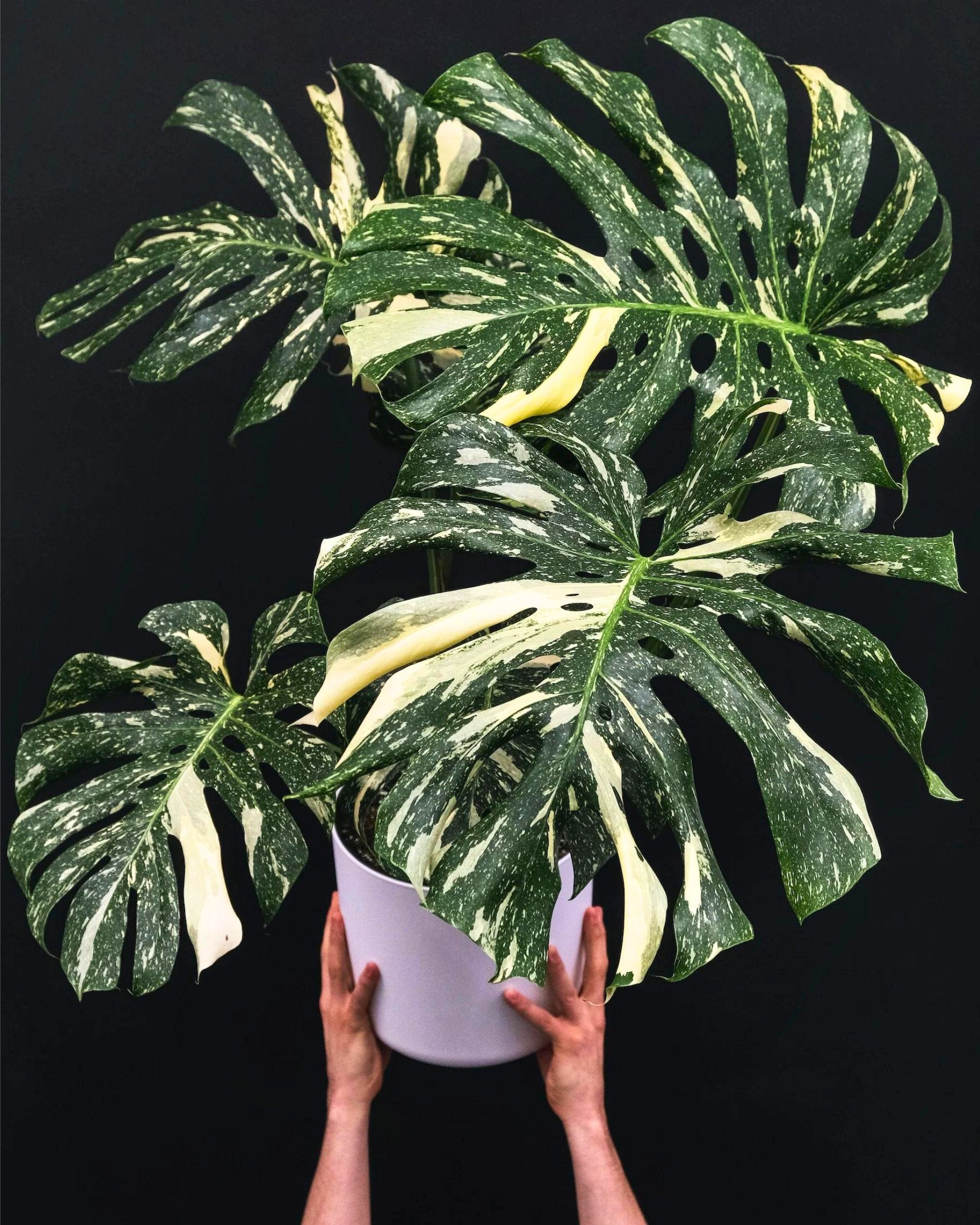Anthurium Pallidiflorum, also known as Strap Leaf Anthurium, is a beautiful and unique houseplant with velvety leaves. It is native to Ecuador and belongs to the Porphyrochitonium section of Anthuriums. This plant is threatened by habitat loss and is considered a least-concern species by the International Union for Conservation of Nature. With proper care, Anthurium Pallidiflorum can thrive as a houseplant and bring a touch of tropical beauty to your home.
While we don't have any Anthurium Pallififlorum in stock, you can use coupon code FIRST15 to save 15% off your first plant order from Plant Vault. Check out our expansive collection for your next rare plant.




